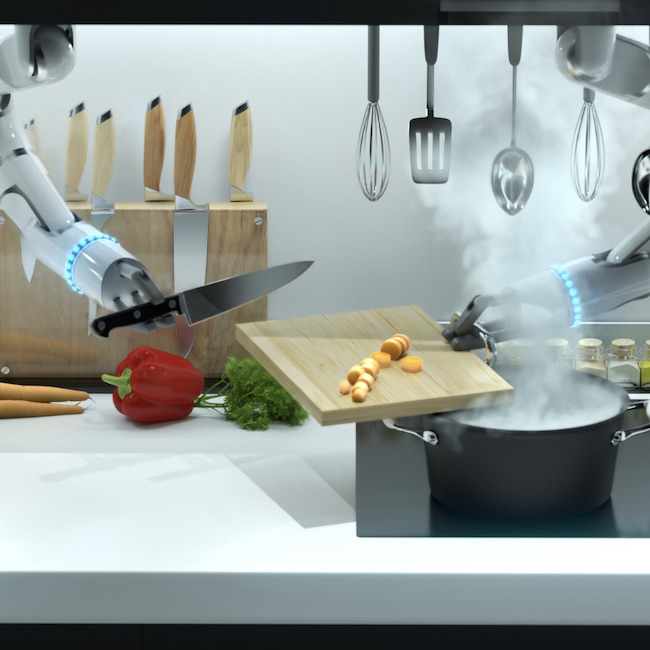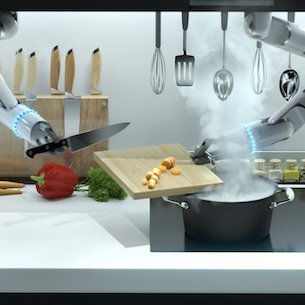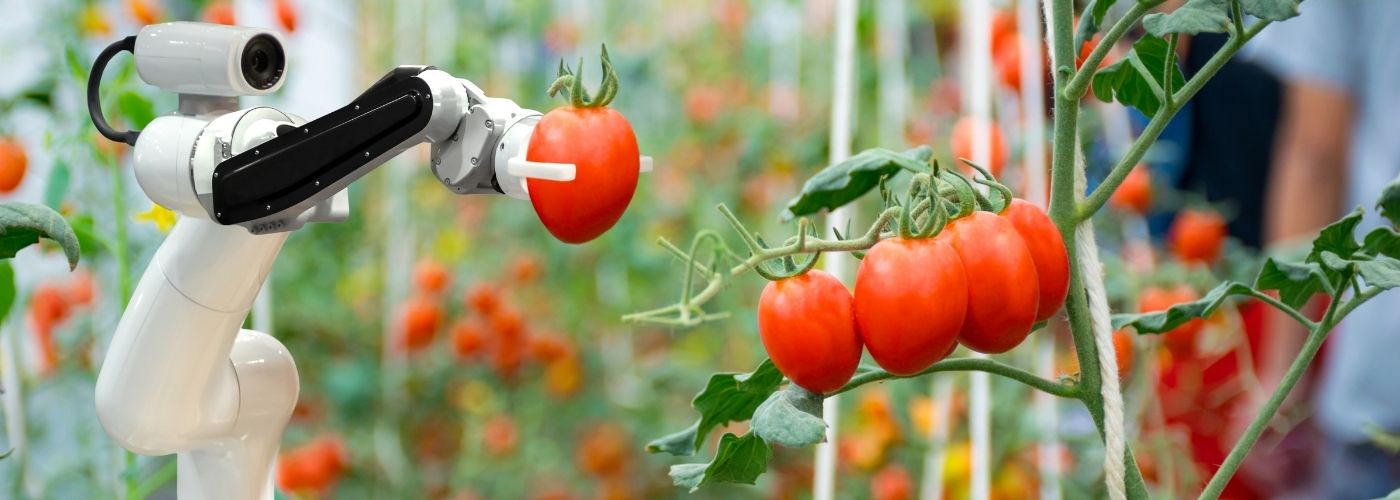.png.transform/rendition-xs/image_image%20(1).png)
Robotics in the Food Industry
As a result of a series of global trends, companies today have to be especially innovative, as disruption is the new normal in a new competitive environment.
Until a few decades ago, talking about robots was science fiction. Today, although far from the heights they may reach in the future, robots are one more reality in the broad spectrum of technological solutions available to individual users and industry.
The emergence of robotic technology is revolutionizing many sectors of the industry, enhancing efficiency and facilitating employees' work. During the HIP 2022 event in Madrid, it was explained that "The hospitality industry is no stranger to these advances and robotics offers great possibilities in a sector. In the case of tasks in restaurants such as fast food management, 73% of them are susceptible to automation".
Although much needs to be done, robotics are already dominating secondary processes (usually cooking) and packaging in the food industry.

The use of robots to eliminate spoiled products, automatons that count processed units at inhuman speeds, and a host of other machines that speed up processes while minimizing costs and errors are already commonplace.
Nevertheless, a lot of innovation is seen in Spain in this sector, such as several robots capable of performing very specific tasks. For example, Kime is a human-like robot waiter integrated into a customizable kiosk designed for the "Food & Beverage" sector, Dibo Delivery is a waiter robot with an automated platform created to serve food from one point to another, with the least human intervention. In this line of thinking, more and more companies are innovating in the agrifood sector to improve quality and efficiency, these examples are just a brief sample of an extensive list. Even so, the reality is that in the kitchen, the human cook is still dominant; robots are only recommended for automating simple, repetitive tasks.







